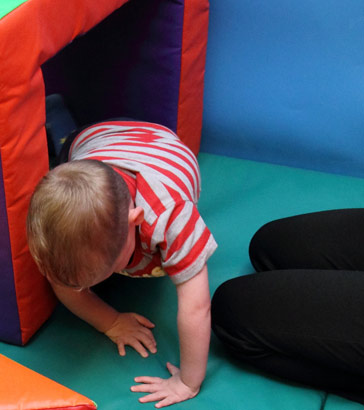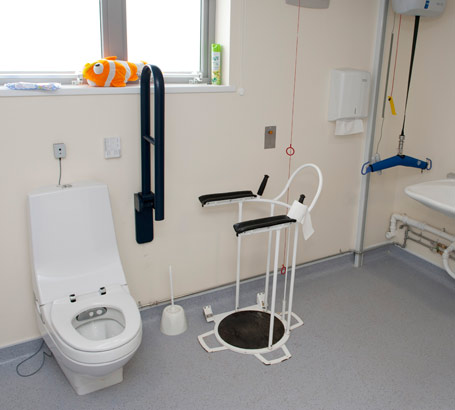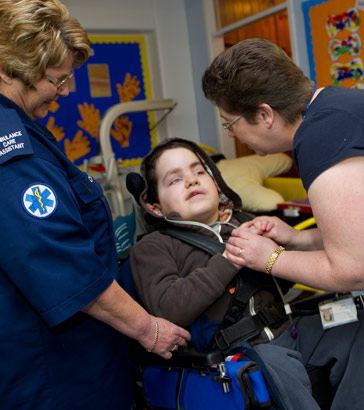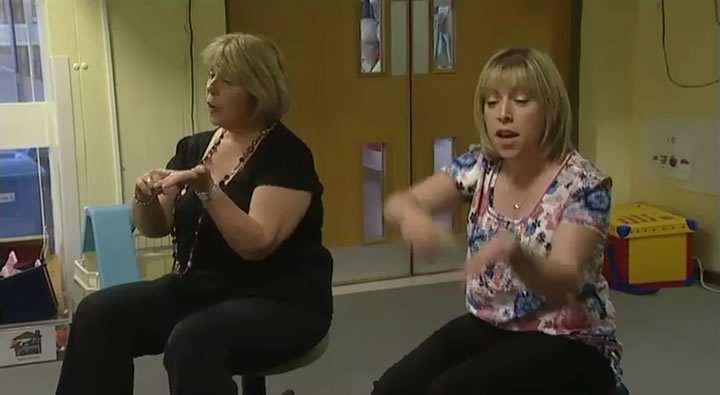
Schools have a duty under the Equality Act to make what is called reasonable adjustments.
Where something a school does places a disabled pupil at a disadvantage compared to
other pupils then the school must take reasonable steps to try and avoid that disadvantage;
schools must change the way things are done.
The duty to make reasonable adjustments applies only to disabled people.
be made?

The factors a school may consider when assessing the reasonableness of an adjustment
may include the additional financial or other resources required, its effectiveness,
its effect on other pupils and any health and safety requirements.
Schools are not subject to the other reasonable adjustment duty to make alterations
to physical features because this is already considered as part of their planning
duties.

In the future schools will also be expected, under the Equality Act 2010, to provide an auxiliary aid (extra equipment) or service for a disabled pupil when it would be reasonable to do so and if such an aid would alleviate any substantial disadvantage that the pupil faces in comparison to non-disabled pupils. The duty to provide auxiliary aids is a new duty and at the time of writing the date for its introduction had not been finalised.

This forthcoming reasonable adjustments duty on schools is intended to complement the existing SEN statement provisions which are part of education legislation, under which Local Authorities have to provide auxiliary aids to pupils with a statement of special educational need.
To find out if schools are now expected to provide auxiliary aids (extra equipment) visit the DfE website or the Equality and Human Rights Commission website and search for "auxiliary aids.
reasonable adjustments

Within your school or setting, what permanent, general adjustments can you identify
that have been made to meet the needs of children with disabilities?
These may be general adaptations to the environment or equipment, or they may be specific
to individual needs.
Consider the children with disabilities in your class. What adjustments have been
made that meet their individual needs?
Consider each adjustment that you have identified. What effects do they have on other
pupils – positive, negative or neutral?
You may find that many of the adjustments made to benefit pupils with disabilities
also benefit other pupils.

How do you/does your school ensure that adjustments made for a child in one context are made known to staff working with the same child in other contexts?
How do you know what adjustments are made for children in groups that you do not teach but who you may meet around the school? This might be particularly relevant for a pupil with speech, language and communication needs (SLCN).
Watch this video clip in which Teresa, a teacher in a special school explains why signing is an important form of communication for many children with learning difficulties.
How does the school make sure that everyone involved with pupils is able to communicate with them through signing?
Answers
- The school aims to involve everybody in signing and makes sure that all staff know the basic signs.
- Courses run regularly to introduce all new members of staff to signing. Any member of staff who comes into contact with children is trained, including teachers, teaching assistants, office staff and lunchtime supervisors.
- Other people, from outside the school, who have contact with children are also invited to courses, eg escorts and drivers who transport the children to and from school and physiotherapists.
- Parents are also invited to attend signing courses.
Return
